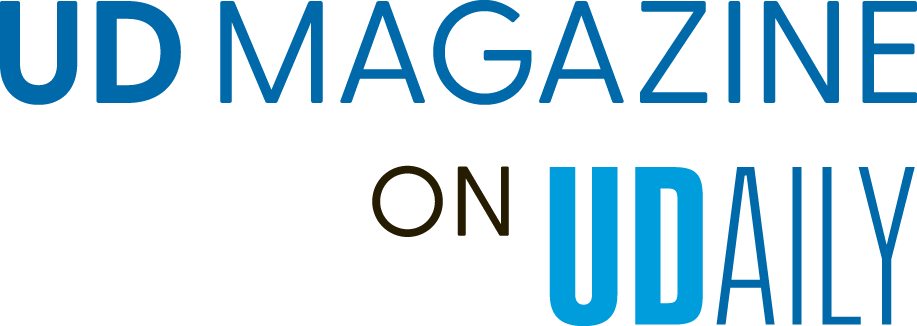


A Conversation with Jennifer Horney
January 25, 2022
When Jennifer Horney joined UD in 2018 as founding director of the Epidemiology Program and core faculty in the Disaster Research Center, she had already worked on outbreaks of infectious diseases across the globe. Excited by the opportunity to strengthen and diversify the future public health workforce (currently 70% female, 70% white and largely on the brink of retirement), Horney arrived in Newark on the eve of the greatest public health crisis of a lifetime. Here, our resident expert sheds light on the virus that has changed the world.
Is there hope on the horizon?
We have more time left, maybe through 2023 or 2024. It’s important to note that other coronavirus outbreaks have ended differently. In 2003, SARS spread globally and had a 10% mortality rate but disappeared about 8 months after the first cases. MERS has continued to pop up since 2012. The most likely scenario [for COVID-19] is one where we’re able to increase vaccination rates globally over the next few years, and COVID becomes endemic with sporadic outbreaks.
Could COVID have been predicted or prevented?
After 9/11, we made really big investments to improve public health preparedness in the U.S., focusing on intentional attacks with biologic agents like smallpox, anthrax or ricin. But people lost interest and there wasn’t a powerful enough base in 2008, when we had the global financial crisis, to say, “No, no, we need to keep preparing.” Which is ironic because we had the H1N1 influenza pandemic in 2009, followed by Ebola and Zika. As we came to the 100-year anniversary of the pandemic, the 1918 pandemic, a lot of people were thinking, our time is up.
What made 2020 different from 1918?
The speed at which we can move ourselves and infectious disease across the world. We’re so incredibly connected. I can get on a plane in Philly and fly around the world in 24 hours, which means our response systems also have to be connected and prepared for threats to emerge anytime, anywhere.
What have been your main professional takeaways?
That a lot of the people most impacted by decisions made in a public health emergency don’t have a seat at the table. We have to think about what different people need – and the inequities inherent in our responses – and address those.
What have been your takeaways more personally?
Balancing risks for my children [ages 9 and 11]. I can’t be an epidemiologist whose kids get COVID, but their mental health and social development are also so important.
What question do you wish more people would ask you?
Early on, I wanted people to ask about public health emergency powers and authority. People would say, “How can they make me stay at home or wear a mask?” Well, we have the responsibility to protect people. A Supreme Court case in 1905 [Jacobson v. Massachusetts] upheld the legal authority for public health to enforce compulsory vaccination. Our work is invisible to many. We don’t recognize the role public health plays to ensure safe restaurant meals or municipal water systems, or to count the cases of diseases prevented by vaccines. I wish more people knew all that public health does.
What are you tired of answering?
I don’t think it’s a problem of people asking questions. It’s a matter of whether they’re listening to the answers. I wish more people would ask more questions of experts and value their expertise.
Is the likelihood of future pandemics increasing?
Yes. One hundred years ago, we had an epidemiologic transition. The primary causes of death changed from infectious diseases to chronic diseases. You no longer died of cholera or dysentery because you couldn’t drink the water in your home; you died of cancer or heart disease. I believe that now we are in a second epidemiologic transition, which means we are again at increased risk of infectious diseases as we encroach on the habitats of animals that can serve as vectors of disease or change the climate so these vectors can live in new places. All this and more increases the likelihood of future pandemics.
Contact Us
Have a UDaily story idea?
Contact us at ocm@udel.edu
Members of the press
Contact us at mediarelations@udel.edu or visit the Media Relations website


